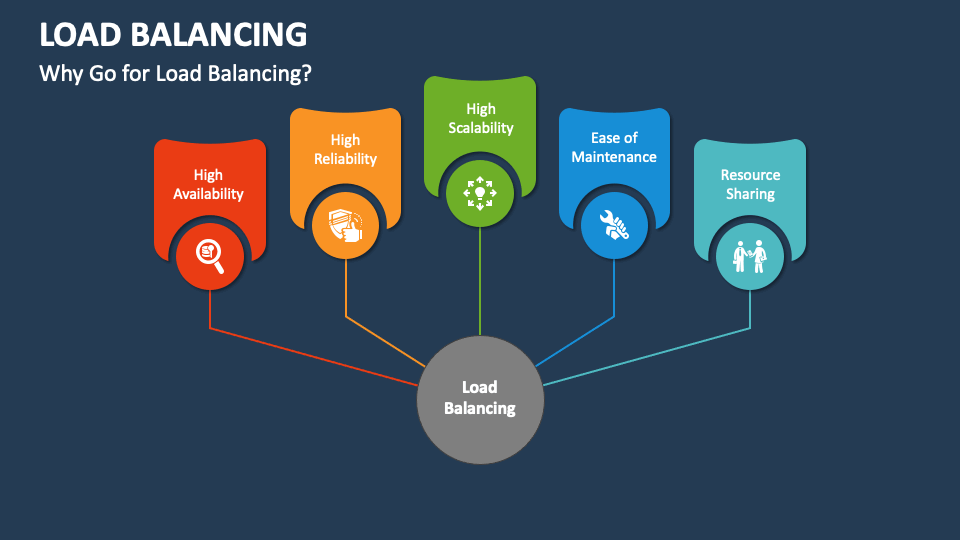
The load balancing landscape continues to evolve rapidly in 2024, offering a diverse range of tools to distribute traffic effectively and ensure optimal performance for your applications. Here’s a glimpse into some prominent players:
Open-Source Powerhouses:
- HAProxy: A versatile and widely used open-source load balancer, known for its performance, reliability, and extensive feature set. Offers layer 4 (L4) and layer 7 (L7) load balancing, health checks, and advanced routing capabilities.
- NGINX Plus: A commercial version of the popular NGINX web server, featuring advanced load balancing capabilities alongside web serving and security functions. Offers L4 and L7 load balancing, high availability, and integration with other NGINX modules.
- Keepalived: A lightweight and flexible open-source solution for high availability (HA) load balancing. Can be combined with other load balancers like HAProxy to provide redundancy and ensure continuous uptime.
Cloud-Native Contenders:
- AWS Elastic Load Balancing (ELB): A fully managed load balancing service offered by AWS, seamlessly integrated with other AWS services. Provides L4 and L7 load balancing, autoscaling, and geographic distribution capabilities. Ideal for teams already invested in the AWS ecosystem.
- Azure Application Gateway: An L7 load balancer hosted on Azure, offering security features like web application firewall (WAF) alongside load balancing. Integrates seamlessly with other Azure services for easy deployment and management.
- Google Cloud Load Balancing: A collection of load balancing services available on Google Cloud Platform (GCP), including HTTP(S) Load Balancing, TCP Load Balancing, and Internal Load Balancing. Offers various configurations for different application types and cloud deployments.
Emerging Stars:
- Istio: A service mesh platform that includes L4 and L7 load balancing capabilities as part of its comprehensive service-to-service communication management. Ideal for microservices architectures and Kubernetes deployments.
- Traefik: A lightweight and open-source edge router and load balancer with advanced routing capabilities and automatic service discovery. Suitable for modern, containerized applications and cloud-native deployments.
- Kong Gateway: An API gateway with built-in load balancing functionality, offering L4 and L7 load balancing alongside API management features like security, caching, and rate limiting.
Choosing the Right Load Balancing Tool:
Consider these factors when selecting a load balancer:
- Traffic type: Is your traffic HTTP/HTTPS, TCP, or something else?
- Application needs: Does your application require L4 or L7 load balancing?
- Cloud platform: Are you using a specific cloud provider or hosting on-premises?
- Budget: Do you need a free open-source solution or a paid service with additional features?
- Ease of use: Are you comfortable with managing an open-source tool or prefer a managed service?
By carefully evaluating your needs and comparing the strengths of different tools, you can choose the best load balancing solution to optimize your application performance and deliver a seamless user experience in 2024 and beyond.
The ideal load balancer depends on your specific context and priorities. Don’t hesitate to explore different options and test them out to find the perfect fit for your application.
Say goodbye to the hassles of bike ownership! MotoShare.in offers affordable rentals, whether you need a scooter for errands, a bike for a road trip, or a reliable ride to explore new cities.

 Starting: 1st of Every Month
Starting: 1st of Every Month  +91 8409492687
+91 8409492687  Contact@DevOpsSchool.com
Contact@DevOpsSchool.com
